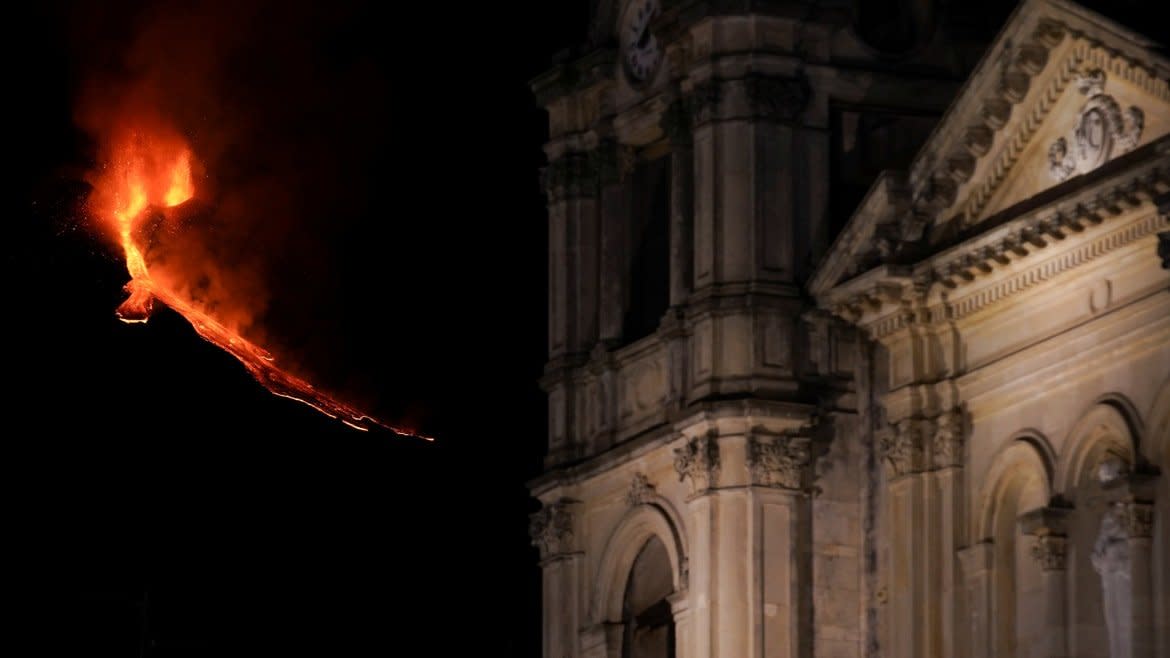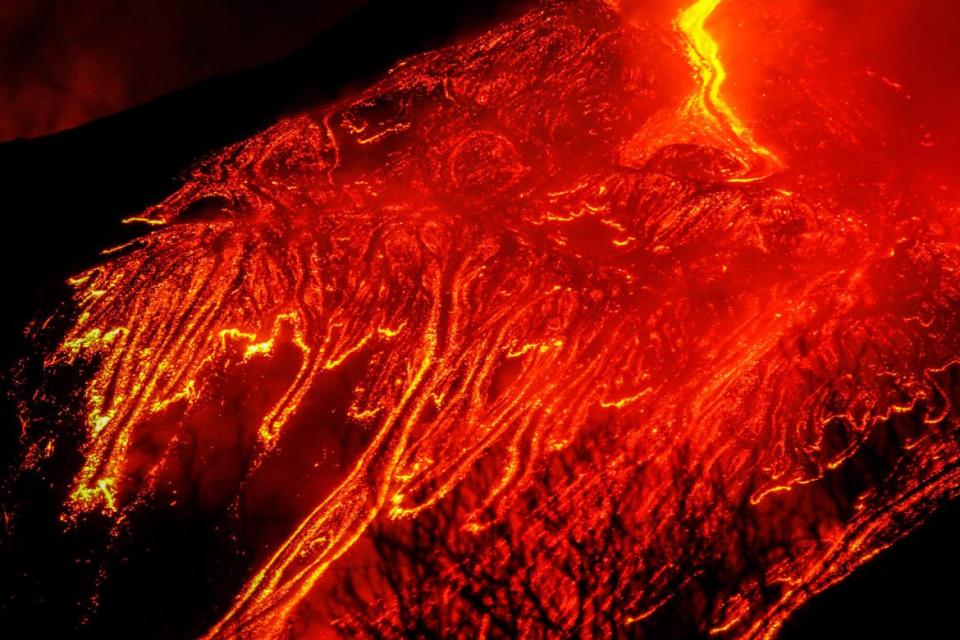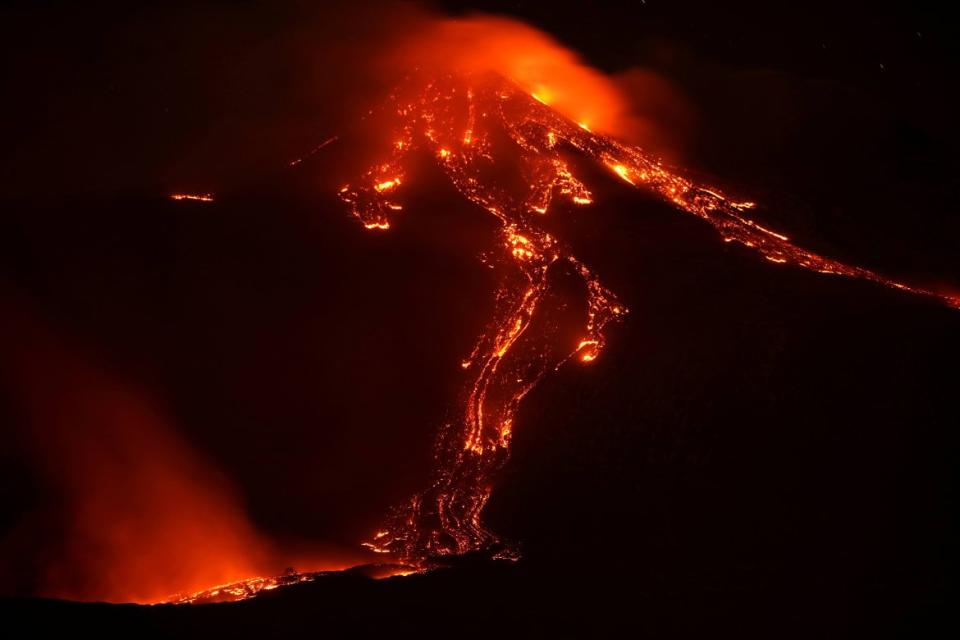Europe’s Most Active Volcano Is Putting on a Show

ROME—Every February, Sicilians gather in Catania and the villages on the flanks of Mt. Etna to celebrate the Feast of St. Agatha. One year after the saint was horrifically martyred in 251 AD, with her breasts cut off after she defied the rule of Rome, Sicilians took the veil from her tomb to protect them as Mt. Etna threatened to destroy the village. As legend has it, the veil turned from white to red and the eruption abruptly stopped, thus saving the town and winning her eternal respect.

This February, Sicilians once again celebrated her feast day, albeit subdued due to the COVID-19 pandemic. But St. Agatha's power seems to be waning. For the last six days, Europe’s most active volcano has given a nightly show of paroxysms or fire-fountaining episodes that shot fiery lava more than 1,500 meters into the night sky, threatening the million people who live in her shadow.

Etna’s eruptions are not unusual—after all, this is Europe’s most active volcano—but even volcanologist Boris Behncke of the Etna Observatory was shocked at the longevity and power of these displays, thanking the volcano on the institute’s website for “gifting us moments of suspense” and admitting that even for them, it was a shocking display that “those of us who have worked in this for decades have rarely seen.”

The current eruption is part of what the experts call a Strombolian eruption, which is standard for the 3,300-meter-high mountain. But it is this sort of display that volcano enthusiasts from all over the world have traveled to Etna to try to capture, often by trying to predict an eruption based on studying patterns in seismic activity.
In fact, days before the current eruption, websites lit up with predictions that something big was coming. But with COVID-19 restrictions, this eruption was seen primarily by Sicilians and those who caught the views across the Straits of Messina in Calabria.
Current state of #Etna volcano eruption in Sicily, Catania pic.twitter.com/IpQQXRD5UY
— Tancredi Palmeri (@tancredipalmeri) February 16, 2021
“Etna is putting on a show these days,” Marco Neri, an expert with the Italian National Institute for Geophysics and Volcanology, said in a television appearance with Etna gurgling fire in the background. “This is certainly the strongest explosion in the southern crater that was discovered in 1971. We have not seen such high explosions for years but at the moment there is no risk to the population, apart from the smoke that can create breathing problems for a few hours, and the ash that covers buildings and streets.”
The striking red hot substance seen in shocking photos this week is what’s known as primitive magma, which is basically the same magma as the Earth’s mantle and is conducive to creating the fountain effect. It is not the more dangerous deeper magma that carries gas and can cause catastrophic eruptions, like Mt. Vesuvius across the sea.
#Etna • 24/2/2021 pic.twitter.com/uUEuzUMQEj
— Etna Walk® (@etnawalk) February 24, 2021
Excursions to Etna’s summit—when it is not erupting and after the ground cools—are among the most popular tourist treks in Sicily. Visitors can hike over historic lava flows dating back 300,000 years. Mt. Etna most likely started as a sub-aquatic volcano and erupted so often it grew to stand above sea level, creating the land mass. Around 1 million people live on its flanks, including the more than 300,000 in the port city of Catania in its shadows.
Etna, which has the longest recorded history of eruptions dating back to 1500 B.C., has erupted around 200 times in its history like it has done this week.
The main airport in Catania has been closed intermittently, and the town of Pedara, which is up high on the flanks, was covered with a thick blanket of ash as rocks pummeled down on cars and rooftops. And there was nothing St. Agatha could do to stop it.
Got a tip? Send it to The Daily Beast here
Get our top stories in your inbox every day. Sign up now!
Daily Beast Membership: Beast Inside goes deeper on the stories that matter to you. Learn more.

